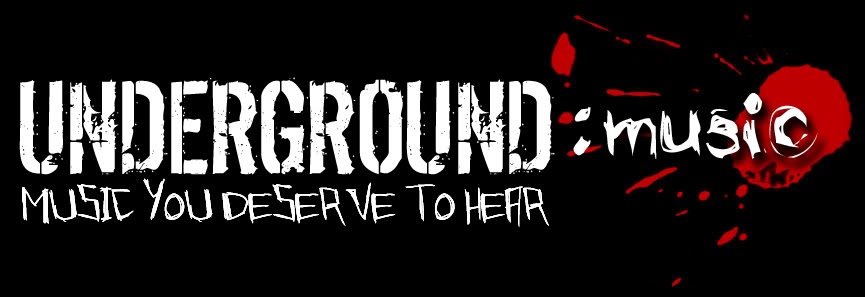Underground music has always been the heartbeat of innovation in the music industry. Rooted in grassroots movements and driven by a DIY ethos, underground music genres often start as niche pursuits before influencing mainstream trends. This blog post explores the rise of underground music, tracing its evolution from obscure origins to its significant impact on today’s musical landscape.
The Origins of Underground Music
Underground music, often characterized by its departure from commercial norms, began as a response to the mainstream industry’s commercial constraints. In the early days, it was a realm for experimental and alternative sounds that challenged the status quo. The term “underground” itself suggests a subversive quality, with artists and fans seeking out music that was not yet widely accepted or recognized.
In the 1960s and 1970s, the underground music scene began to take shape with genres like psychedelic rock and garage rock. Bands and artists in these movements embraced non-conformity and artistic freedom, producing music that was often self-released or distributed through independent labels.
The Punk Rock Revolution
The punk rock movement of the late 1970s marked a significant turning point for underground music. Punk was more than just a musical genre; it was a cultural and political statement. Bands like The Ramones, Sex Pistols, and The Clash rejected the polished sound of mainstream rock and instead embraced a raw, high-energy approach.
Punk’s DIY ethos encouraged bands to self-produce their music and distribute it through independent channels. This not only challenged the conventional music industry practices but also laid the groundwork for future underground movements. Punk’s influence extended beyond music, impacting fashion, art, and political activism.
The Rise of Alternative and Indie Scenes
As punk rock paved the way, the 1980s and 1990s saw the emergence of alternative and indie music scenes. Bands like R.E.M., Sonic Youth, and Nirvana began to gain traction in the underground, attracting a dedicated following with their innovative sounds and anti-commercial stance.
The rise of independent record labels and college radio stations played a crucial role in this period. These platforms provided an alternative to mainstream media, allowing underground artists to reach wider audiences without the constraints of major label contracts. This era also saw the birth of genres like alternative rock, grunge, and shoegaze, each with its distinct sound and aesthetic.
The Digital Age and the Internet
The advent of the internet in the late 1990s and early 2000s revolutionized the underground music scene. Digital technology made it easier for artists to record, distribute, and promote their music independently. Websites like Bandcamp, SoundCloud, and YouTube became crucial tools for underground musicians to share their work and build fanbases without relying on traditional music industry infrastructure.
Social media platforms further amplified this shift, allowing artists to connect directly with fans and other musicians. The digital age democratized music production and distribution, giving rise to a new wave of underground genres, including electronic, experimental, and lo-fi.
Impact on Mainstream Music
Underground music has had a profound impact on mainstream music. Many genres and subcultures that began in the underground eventually found their way into the mainstream, influencing popular music and culture. For instance, the grunge movement, which originated in Seattle’s underground scene, became a major force in the 1990s with bands like Nirvana and Pearl Jam achieving massive commercial success.
Similarly, electronic music, which began as an underground genre, has since permeated mainstream pop and dance music. Artists like Aphex Twin and Daft Punk, who started in the underground, have achieved significant mainstream recognition and influence.
The Continuous Evolution
The underground music scene continues to evolve, constantly pushing boundaries and experimenting with new sounds and ideas. Genres and movements emerge and fade, but the spirit of innovation and resistance to commercialism remains at the core of underground music.
Today, the underground music scene is as diverse as ever, encompassing a wide range of genres and styles. From bedroom pop and lo-fi hip-hop to experimental electronic and post-punk revival, underground artists continue to challenge conventions and inspire new trends.
Conclusion
The rise of underground music represents a dynamic and ongoing dialogue between innovation and mainstream acceptance. From its roots in the punk rock revolution to its influence on contemporary genres, underground music has continually reshaped the musical landscape. As technology advances and cultural shifts occur, underground music remains a vital source of creativity and a powerful force for change in the music industry. For fans and artists alike, the underground scene offers a space where music can thrive outside the constraints of commercial expectations, continuing to inspire and innovate.


0 Comments